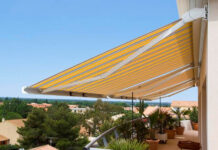
Headlights are an essential component of every vehicle, ensuring safety and visibility on the road. Over the years, headlight technology has evolved, with the latest advancements in LED (Light Emitting Diode) headlight bulbs revolutionizing the automotive industry.
In this blog post, we will delve into the world of LED headlight bulbs, exploring their construction, benefits, and the remarkable advancements they offer.
Join us as we uncover how these tiny but powerful light sources are transforming the way we drive, making nighttime journeys safer, more efficient, and visually stunning.
Evolution of Headlight Technology
In the past, traditional halogen bulbs dominated the automotive lighting landscape. However, they had significant limitations in terms of brightness, energy efficiency, and longevity. The demand for safer and more efficient lighting solutions led to the development of LED headlight bulbs.
These modern marvels surpassed their predecessors by offering superior performance, and as a result, quickly gained popularity in the automotive industry.
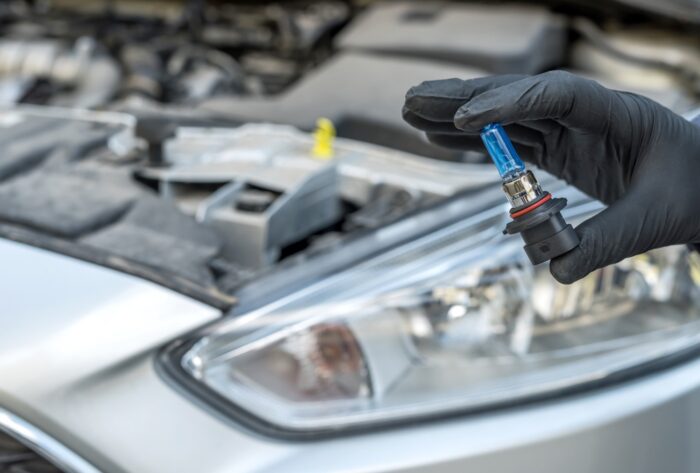
Understanding LED Headlight Bulbs
LED headlight bulbs consist of a semiconductor diode that emits light when an electric current passes through it. This diode is encased in a durable, heat-conductive material, ensuring efficient heat dissipation.
These bulbs have numerous advantages over traditional options. They are incredibly energy-efficient, consuming less power while producing a brighter and more focused beam.
Additionally, they have a significantly longer lifespan, often outlasting halogen bulbs by thousands of hours.
Enhanced Visibility and Safety
One of the most significant advantages of LED headlight bulbs is their ability to provide exceptional visibility on the road. Their bright and focused beams illuminate the surroundings, enhancing the driver’s visibility at night or in adverse weather conditions.
Moreover, LED bulbs are designed to reduce glare for oncoming vehicles, preventing potential accidents caused by blinding lights. These advancements in this type of technology greatly contribute to safer and more comfortable driving experiences, reducing the risk of accidents and increasing road safety.
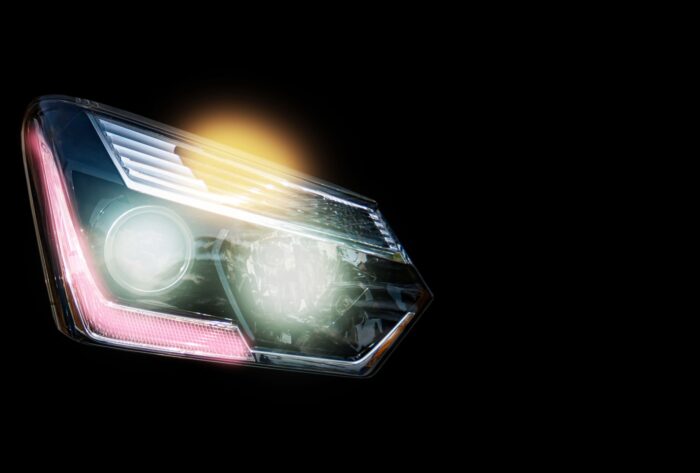
Brightness and Color Temperature Options
LED headlight bulbs offer a wide range of brightness levels and color temperature options, allowing drivers to customize their lighting preferences according to different driving conditions.
Brightness is measured in lumens, and LED bulbs generally produce a higher lumen output compared to halogen bulbs, resulting in increased visibility. Color temperature, measured in Kelvin (K), determines the light’s color appearance.
Lower color temperatures, such as 3000K, produce warm yellowish light, while higher temperatures, such as 6000K or above, produce cooler bluish-white light. Drivers can select the appropriate brightness and color temperature to optimize visibility and comfort while driving.
Energy Efficiency and Longevity
LED headlight bulbs are renowned for their exceptional energy efficiency, consuming significantly less power compared to traditional halogen bulbs. The efficiency of LED bulbs translates into less strain on the vehicle’s electrical system, resulting in improved fuel economy and reduced carbon emissions.
Additionally, they have an impressively long lifespan, lasting up to 25 times longer than halogen bulbs. This longevity not only reduces the hassle and cost of frequent bulb replacements but also contributes to a greener and more sustainable automotive industry.
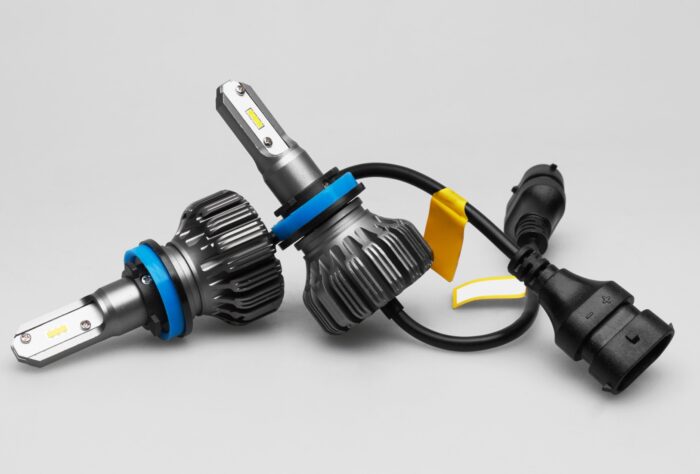
Durability and Weather Resistance
LED headlight lights are built to withstand the rigors of the road. They are highly durable and resistant to vibrations and shocks, ensuring consistent performance even in rough driving conditions. LED bulbs are engineered to endure extreme weather conditions, such as heavy rain or scorching heat.
With superior water and heat resistance, these headlights provide reliability and peace of mind, ensuring optimal performance in any weather, and enhancing driver safety.
Easy Installation and Compatibility
Installing LED headlight bulbs is a straightforward process in most vehicles. They are designed as direct replacements for traditional bulbs, making it convenient for owners to upgrade their headlights.
LED bulbs come in various sizes and configurations, ensuring compatibility with a wide range of vehicle makes and models.
With minimal modifications required, drivers can enjoy the benefits of LED technology without the need for complex installations or additional equipment.
Cost Considerations
While the initial cost of LED headlight bulbs may be higher than traditional bulbs, they offer significant long-term cost savings. These lights’ energy efficiency reduces the strain on the vehicle’s electrical system, resulting in lower fuel consumption.
Moreover, their extended lifespan eliminates the need for frequent bulb replacements, saving on maintenance costs.
When considering the overall lifespan and energy savings, LED headlight lights prove to be a cost-effective choice for drivers, providing a reliable and efficient lighting solution in the long run.
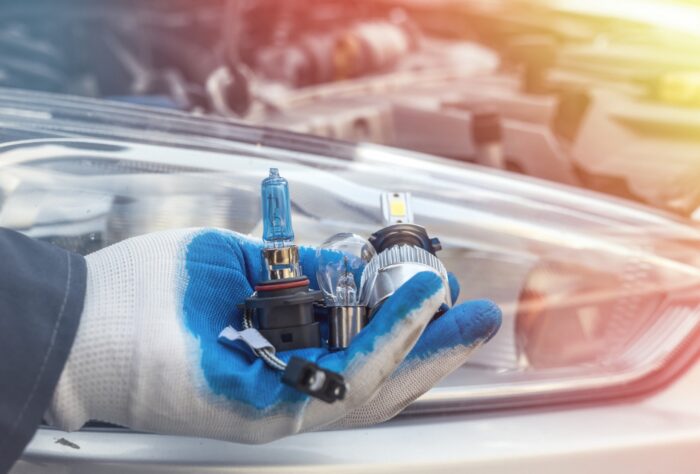
Regulations and Safety Standards
When purchasing headlight bulbs, it is crucial to ensure they meet the required regulations and safety standards for road legality. Various countries and regions have specific guidelines regarding the use of LED bulbs, particularly concerning their brightness levels and beam patterns.
Adhering to these regulations not only ensures compliance with the law but also guarantees the safety of all road users. It is essential to choose bulbs from reputable manufacturers and choices such as H11 LED headlights from SEALIGHT prioritize quality and compliance with relevant safety standards.
Different LED Headlight Technologies
The advancements in LED headlight technology have paved the way for various innovative features, including adaptive headlights and matrix LED systems. Adaptive headlights adjust the beam pattern based on the vehicle’s speed, steering angle, and surrounding conditions, enhancing visibility during cornering and minimizing glare for oncoming drivers.
These systems employ an array of individually controlled LEDs to create precise and dynamic lighting patterns, further improving visibility and safety on the road. These technologies represent the cutting edge of automotive lighting, providing advanced features that adapt to driving conditions and maximize safety.
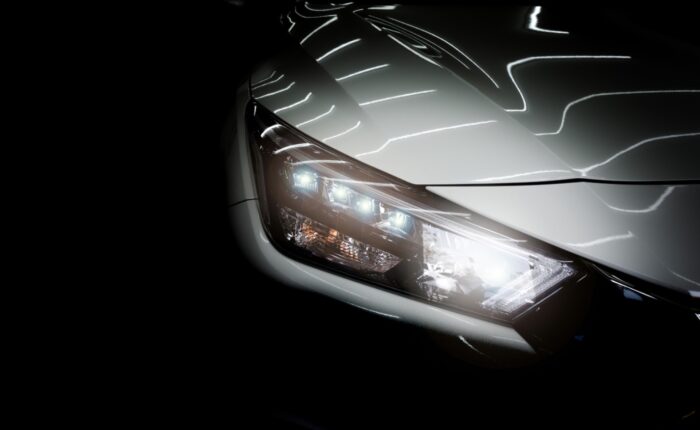
Conclusion
LED headlight bulbs have transformed the automotive lighting landscape, offering superior visibility, safety, and energy efficiency. With their advanced construction, longevity, and compatibility, they have become the lighting solution of choice for many drivers.
Upgrading to LED headlight bulbs not only enhances visibility and road safety but also reduces energy consumption and maintenance costs.
As technology continues to evolve, these headlight bulbs are poised to play a pivotal role in shaping the future of automotive lighting. Embrace the power of light, and unlock a safer, more efficient driving experience with LED headlight lights.



